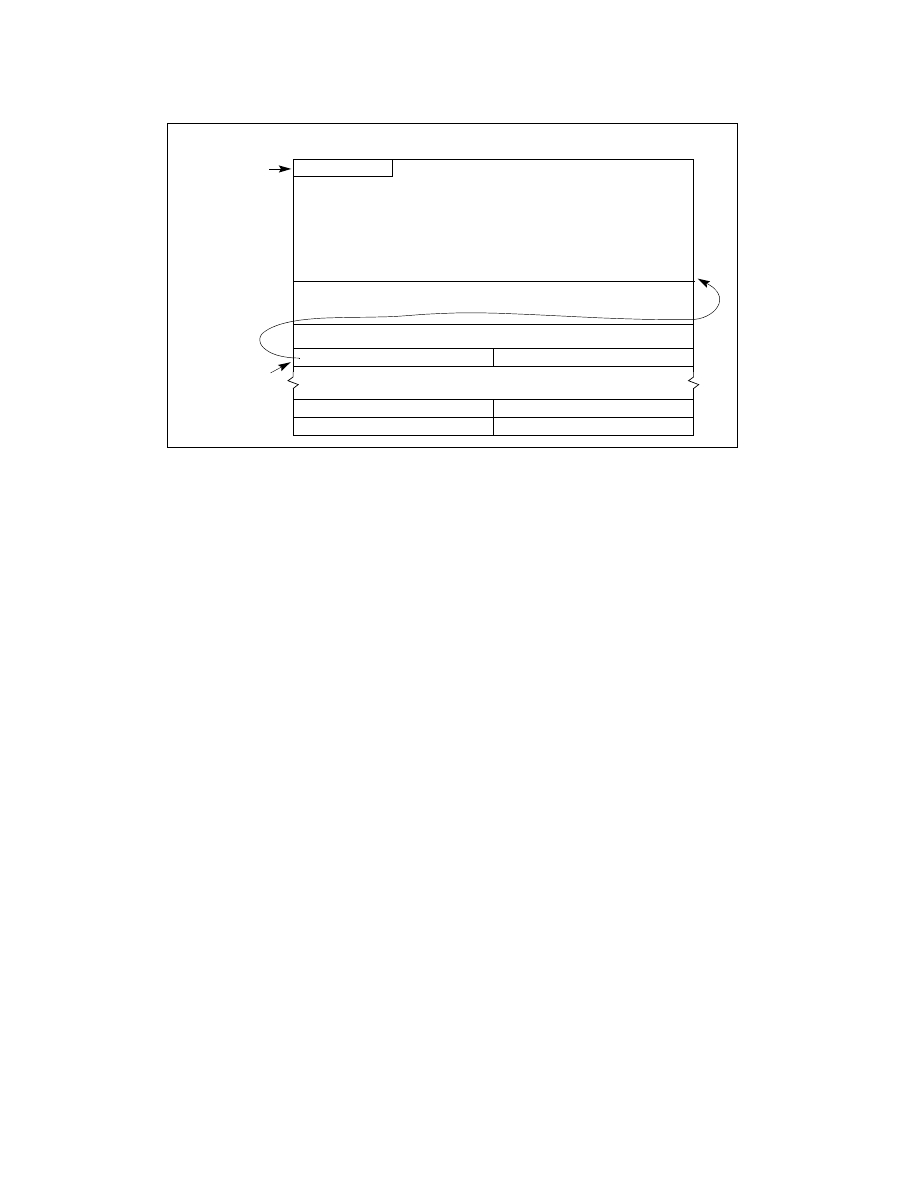
20-18 Vol. 3B
8086 EMULATION
Redirecting software interrupts back to the 8086 program potentially speeds up interrupt handling because a
switch back and forth between virtual-8086 mode and protected mode is not required. This latter interrupt-
handling technique is particularly useful for 8086 operating systems (such as MS-DOS) that use the INT n instruc-
tion to call operating system procedures.
The CPUID instruction can be used to verify that the virtual mode extension is implemented on the processor. Bit 1
of the feature flags register (EDX) indicates the availability of the virtual mode extension (see “CPUID—CPU Iden-
tification” in Chapter 3, “Instruction Set Reference, A-L”, of the Intel® 64 and IA-32 Architectures Software Devel-
oper’s Manual, Volume 2A).
The following sections describe the six methods (or mechanisms) for handling software interrupts in virtual-8086
mode. See Section 20.3.2, “Class 2—Maskable Hardware Interrupt Handling in Virtual-8086 Mode Using the Virtual
Interrupt Mechanism”, for a description of the use of the VIF and VIP flags in the EFLAGS register for handling
maskable hardware interrupts.
20.3.3.1 Method 1: Software Interrupt Handling
When the VME flag in control register CR4 is clear and the IOPL field is 3, a Pentium or later IA-32 processor
handles software interrupts in the same manner as they are handled by an Intel386 or Intel486 processor. It
executes an implicit call to the interrupt handler in the protected-mode IDT pointed to by the interrupt vector. See
Section 20.3.1, “Class 1—Hardware Interrupt and Exception Handling in Virtual-8086 Mode”, for a complete
description of this mechanism and its possible uses.
20.3.3.2 Methods 2 and 3: Software Interrupt Handling
When a software interrupt occurs in virtual-8086 mode and the method 2 or 3 conditions are present, the processor
generates a general-protection exception (#GP). Method 2 is enabled when the VME flag is set to 0 and the IOPL
value is less than 3. Here the IOPL value is used to bypass the protected-mode interrupt handlers and cause any
software interrupt that occurs in virtual-8086 mode to be treated as a protected-mode general-protection excep-
tion (#GP). The general-protection exception handler calls the virtual-8086 monitor, which can then emulate an
8086-program interrupt handler or pass control back to the 8086 program’s handler, as described in Section
20.3.1.2, “Handling an Interrupt or Exception With an 8086 Program Interrupt or Exception Handler”.
Method 3 is enabled when the VME flag is set to 1, the IOPL value is less than 3, and the corresponding bit for the
software interrupt in the software interrupt redirection bit map is set to 1. Here, the processor performs the same
Figure 20-5. Software Interrupt Redirection Bit Map in TSS
I/O Map Base
Task-State Segment (TSS)
64H
31
24 23
0
1
1
1
1
1
1
1
1
I/O Permission Bit Map
0
I/O map
base must
not exceed
DFFFH.
Last byte of
bit
map must be
Software Interrupt Redirection Bit Map (32 Bytes)